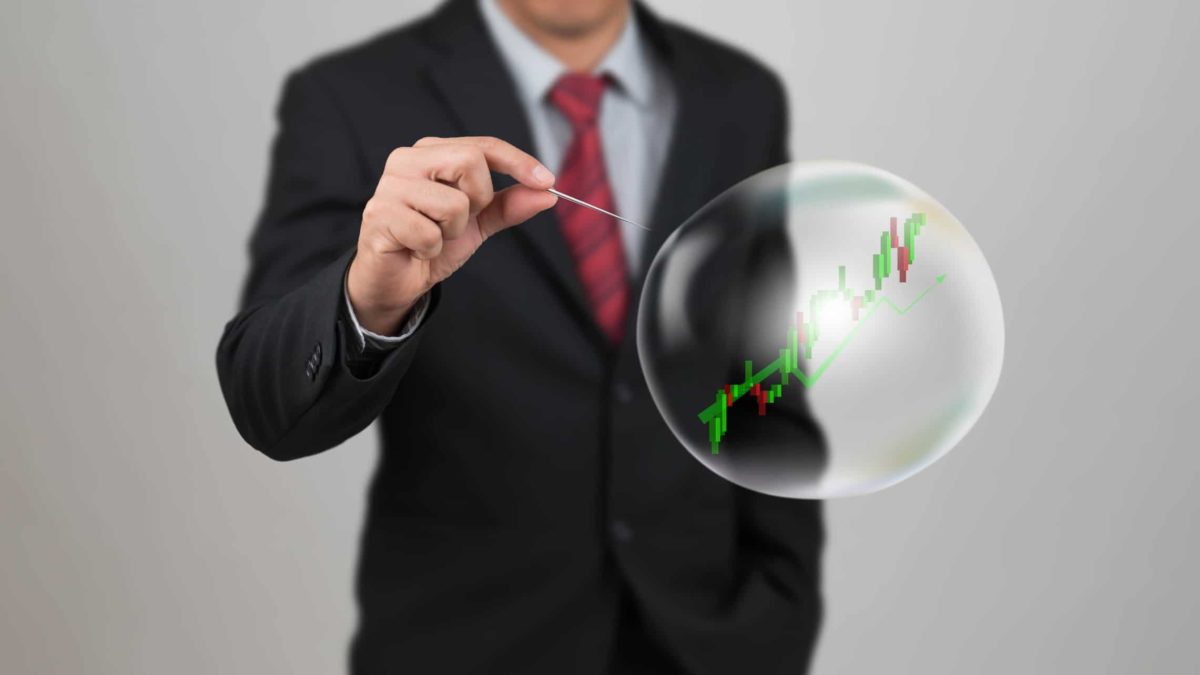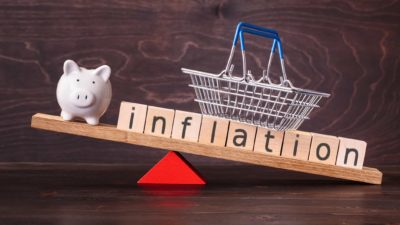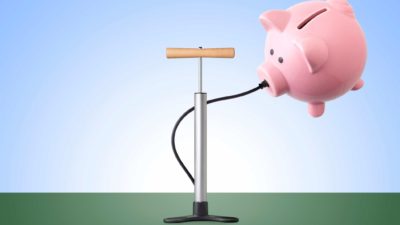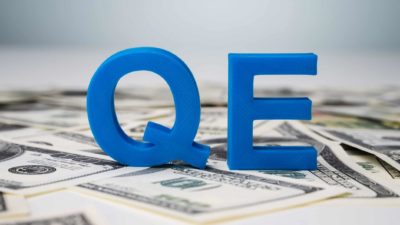'Bubble' is one of those terms that's probably thrown around a little more than it should be. After all, I'm sure there were many people saying that Aferpay Ltd (ASX: APT) shares were in a 'bubble' when they nearly hit $20 back in August 2018. I'm sure those same commentators would sell an arm and possibly a leg for a time machine today.
But consider this. The S&P/ASX 200 Index (ASX: XJO) has recovered more than 30% since its March lows. The US-based Dow Jones Industrial Average is up nearly 45% over the same period. And the Nasdaq Index made a new all-time high just last week. All in the face of the worst global recession in living memory.
I think we need to talk about bubbles.
What is a 'bubble'?
A bubble is normally defined as an exuberant, temporary and unsustainable dislocation of the price of an asset or asset class from its value. By this definition, a bubble is generally only obvious in hindsight.
The most recent example (in my view) of a real bubble is the 'bitcoin mania' we saw in the bitcoin and cryptocurrency markets back in 2017. A defining characteristic of a bubble is the 'taxi driver effect'. This refers to an asset that climbs in valuation so substantially that it attracts more and more investors in a snowball-esque manner. Eventually, this effect grows so potent that 'even your taxi driver is talking about it' (I'm not disparaging the investing acumen of taxi drivers, by the way, that's just how the adage goes). So if your taxi, Uber or bus driver is telling everyone about how Zip Co Ltd (ASX: Z1P) is going to the moon, I would start to get worried!
Before bitcoin mania, other famous examples of a bubble include the dot.com crash of the early 2000s and the real estate bubble in the United States that sparked the global financial crisis. The earliest appearance of a bubble is usually attributed to the 'tulip mania' phenomenon that was seen in the Netherlands back in the 1600s, during which the prices for tulip bulbs (which had been recently introduced and were considered highly fashionable) reached extraordinary levels and then dramatically collapsed.
Are ASX shares in a bubble today?
Whilst I don't believe the entire ASX 200 is in a bubble right now, we have been witnessing some dangerous signs of late. Firstly, I don't think it's a good sign that the US markets, in particular, are near or exceeding all-time highs. Make no mistake, the coronavirus pandemic is wreaking massive economic damage across the global economy. To have any market reach new all-time highs in the middle of this tragic event doesn't gel with reality, in my opinion.
Back over on the ASX, I don't think things look quite as dislocated. But a caveat: when companies in a single sector – ASX payments for instance – give investors 3-digit returns over a few months almost across the board, I'm seeing an orange flag waving high.
Foolish takeaway
I don't think ASX 200 shares are in a bubble right now. But I'm still extremely cautious over what we're seeing across the world in equity markets today. As such, I'll be investing with extreme caution for the remainder of 2020, with as much cash on hand as possible. I'm not selling out of my shares mind you, but I don't think we're as close to being out of the woods as the markets seem to be hoping for.








